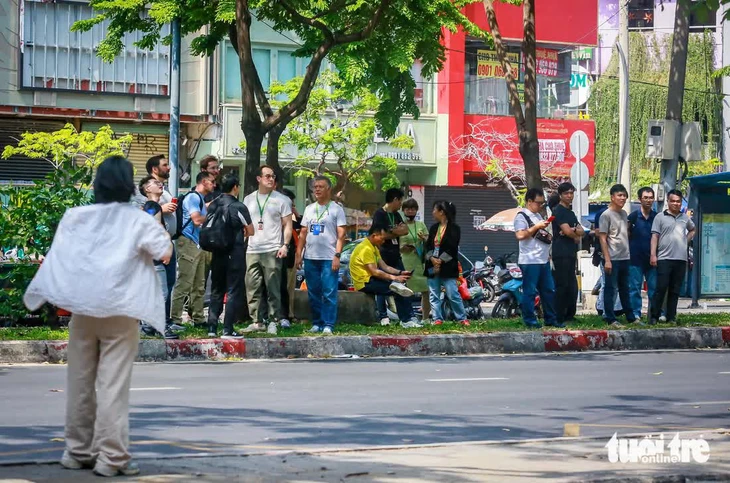
Hundreds of people working at the Doji Tower building ran out onto Ham Nghi Street (District 1, Ho Chi Minh City) because they felt the earthquake shaking. Recorded at 2:30 p.m. on March 28 - Photo: CHAU TUAN
Speaking to Tuoi Tre Online four hours after the earthquake of magnitude 7.0 occurred in Myanmar, Mr. Nguyen Xuan Anh, director of the Institute of Earth Sciences (Vietnam Academy of Science and Technology), said there was a possibility that there would still be tremors after the recent strong earthquake.
“There are strong earthquakes in that area. After the recent earthquake, there will be aftershocks, but they will have little impact on Vietnam and Ho Chi Minh City due to the distance. The Institute is still monitoring this earthquake to give timely warnings,” said Mr. Xuan Anh.
People escape buildings as they feel tremors in Ho Chi Minh City and Binh Duong
According to Mr. Xuan Anh, authorities have issued earthquake response guidelines for people to follow, even though this natural disaster rarely occurs in our country.
Earlier, at 1:20 p.m. (Vietnam time), a strong earthquake occurred in Myanmar, affecting many neighboring areas, including Vietnam.
The widespread aftershocks caused many high-rise buildings in Ho Chi Minh City to shake slightly, making people feel dizzy and worried.
Every year, the world has an average of 10 - 20 earthquakes of magnitude 7 - 7.8.
Earthquakes of magnitude 7 - 7.8 are considered major earthquakes.
These earthquakes have the potential to cause extensive or complete damage to buildings in many areas. Some buildings may partially or completely collapse, or be severely damaged.
At this level, even well-designed structures would be damaged, and the earthquake would be felt over very large areas. The human loss threshold could be as high as 250,000 people.
Average frequency of occurrence worldwide is 10 - 20 matches per year.
Source: https://tuoitre.vn/tp-hcm-con-tai-dien-rung-lac-do-dong-dat-trong-thoi-gian-toi-khong-20250328164055975.htm






![[Photo] General Secretary To Lam attends the 80th Anniversary of the Cultural Sector's Traditional Day](https://vphoto.vietnam.vn/thumb/1200x675/vietnam/resource/IMAGE/2025/8/23/7a88e6b58502490aa153adf8f0eec2b2)
![[Photo] Prime Minister Pham Minh Chinh chairs the meeting of the Government Party Committee Standing Committee](https://vphoto.vietnam.vn/thumb/1200x675/vietnam/resource/IMAGE/2025/8/23/8e94aa3d26424d1ab1528c3e4bbacc45)


































































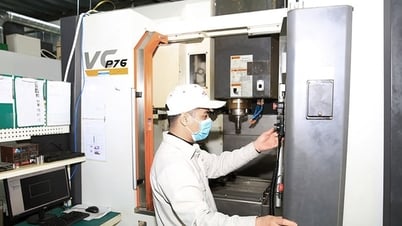
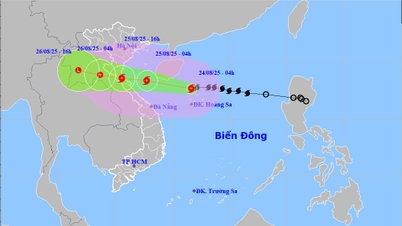



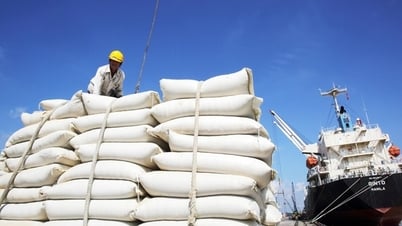










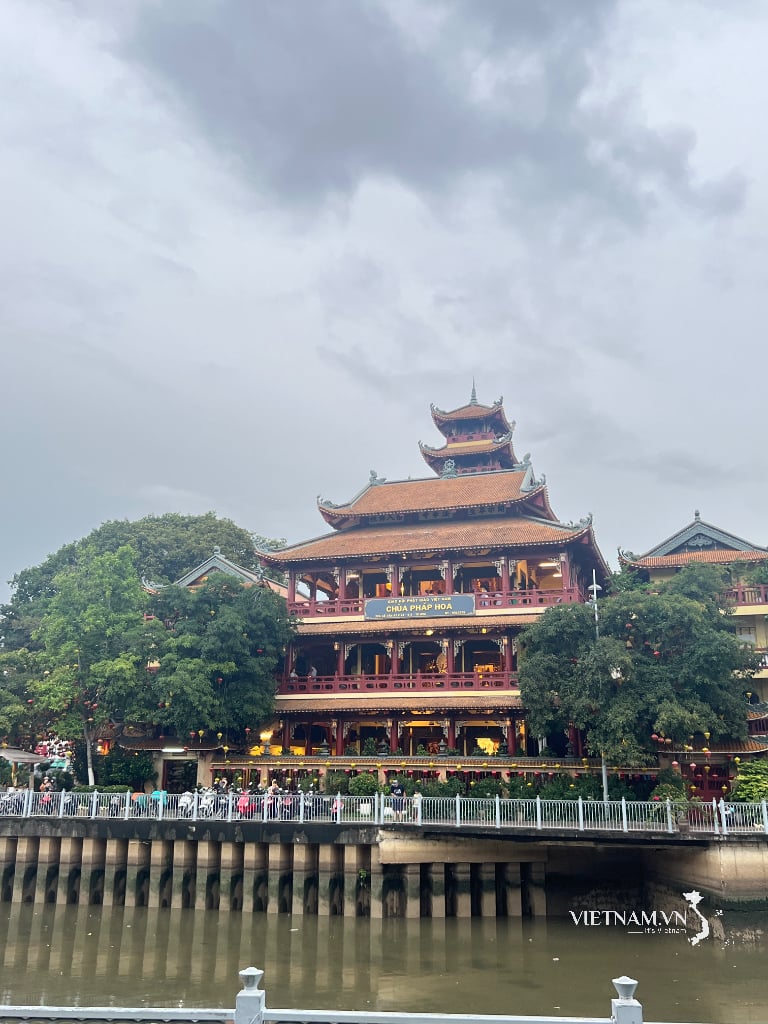



Comment (0)